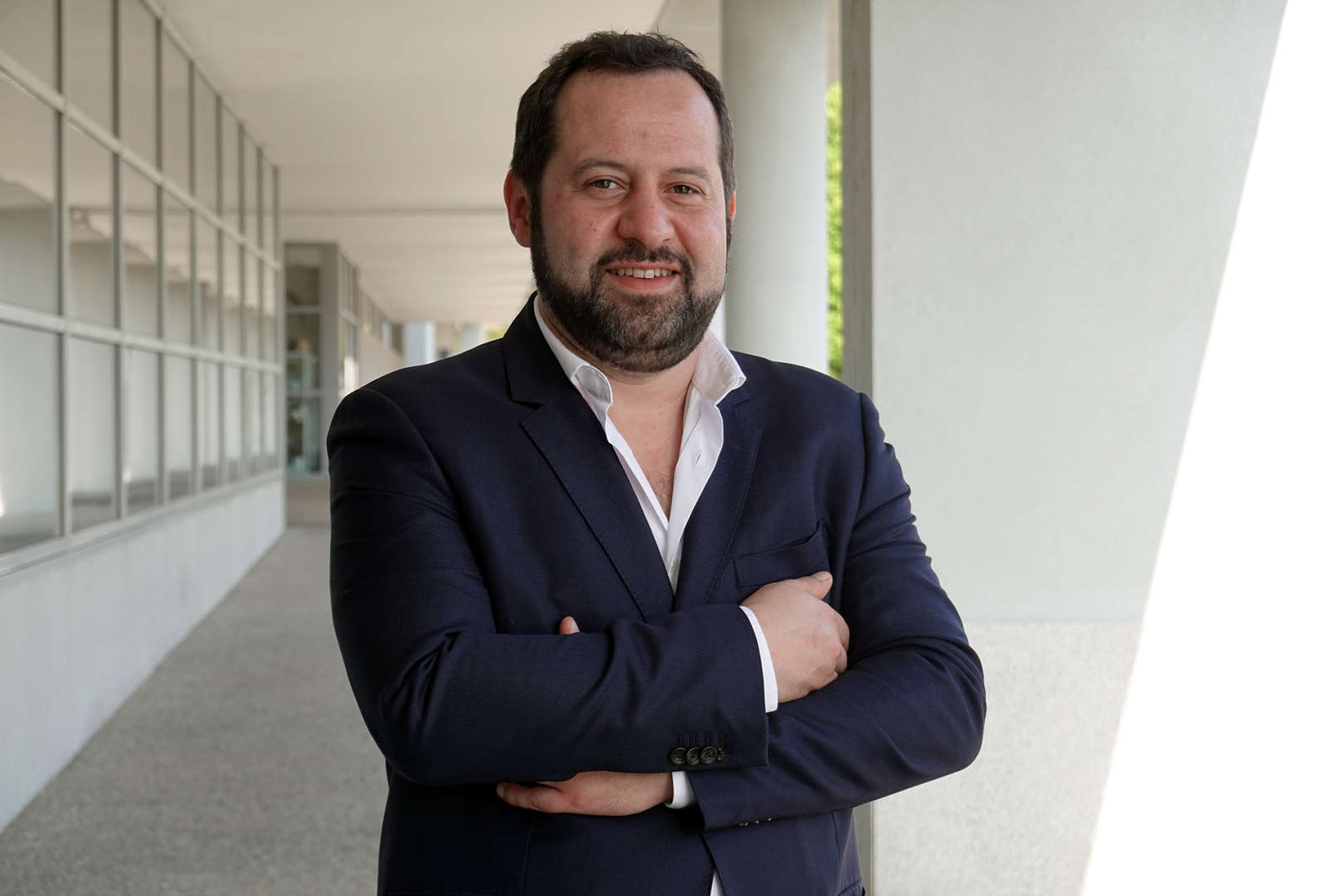About
Bernardo Silva completed the Integrated Master Degree in Electrical and Computer Engineering at FEUP, specializing in energy systems. In 2014 he completed his PhD in Sustainable Energy Systems at FEUP / MIT Portugal. Since joining INESCTEC in March 2009, he has been involved in scientific projects and consulting in the area of integration of renewable sources in the electrical system as well as in the steady state and dynamic analysis of electrical systems. Since 2016 Portuguese representative on the Committee B4 (HVDC) of Cigré. Awards: Honorable Mention - 2009 REN Award - with the thesis of Master Winner of the APREN 2016 Award with the PhD thesis.


